Keeping your pet at a healthy weight is about more than good looks—it can be a matter of life or death. Overweight pets (i.e., those who weigh 10% to 20% more than their ideal body weight) are more susceptible to life-threatening diseases, debilitating pain, and chronic inflammation. Knowing how to assess your pet’s weight and make healthy lifestyle choices can help you prevent unnecessary heartache and suffering—and add years to your pet’s life.
Guam Pet Hospital offers the following guide to help you evaluate your pet’s weight and make any necessary changes for the better.
What’s the problem with overweight pets?
Fat is a necessary part of your pet’s diet and contributes to essential health processes, including providing energy for physical and cellular activity, aiding in hormone production and vitamin absorption, and helping regulate cellular function. But, when pets consume too many calories and exercise too little, excess fat is stored throughout the body for future use. The accumulating fat creates harmful inflammation, which leads to pain, decreased immunity, and poor health.
Compared with healthy weight pets, overweight and obese pets live shorter lives, experience a poorer quality of life, and are at higher risk for life-altering conditions, including:
- Arthritis
- Cancer
- Heart disease
- Hormone disorders
- Orthopedic disease (e.g., knee injuries, hip dysplasia)
- Respiratory problems
- Kidney failure
- Skin conditions
- Diabetes
- High blood pressure
- Weakened immune system
- Delayed healing and recovery
Are some pets more prone to obesity?
All pets can become overweight, but some breeds, including small- and toy-breed dogs, Labrador retrievers, beagles, brachycephalic breeds (e.g., pugs, bulldogs), Basset hounds, and dachshunds, are more likely to suffer weight-related conditions. Non-purebred cats (e.g., domestic long and shorthair or “mixed” breeds) have an elevated obesity risk compared with purebred cats.
Spayed and neutered pets have a reduced metabolism, which makes them more prone to weight gain. However, the lifelong health benefits of spaying or neutering your dog or cat far outweigh this risk, which you can easily avoid by feeding them less and exercising them more.
Is my pet overweight?
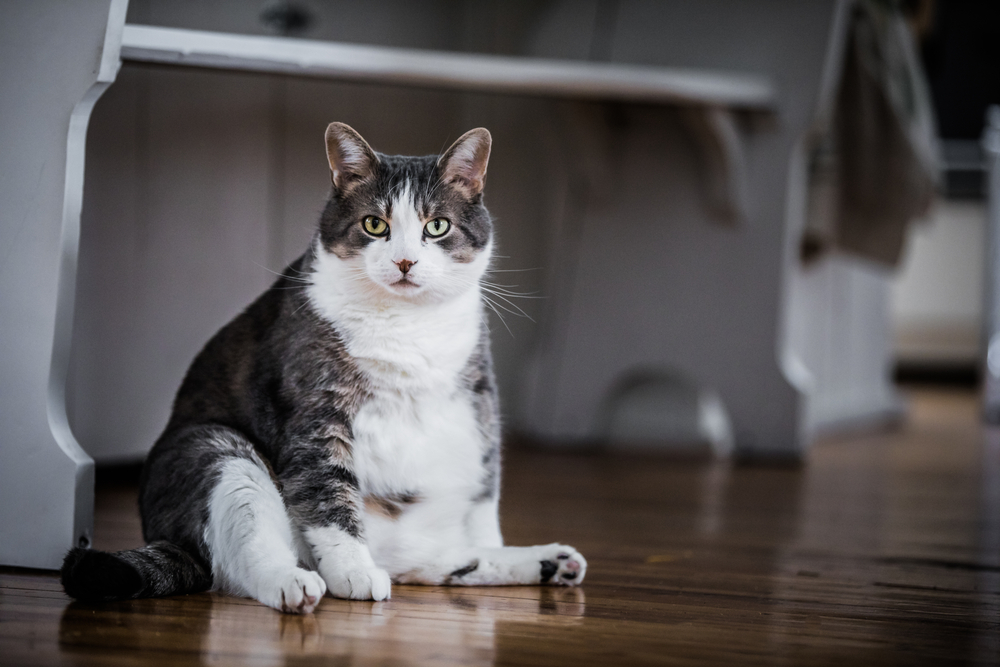
You don’t need a veterinary scale to check your pet’s weight. Instead, you can use your hands and eyes to determine their body condition score (BCS), which is a grading system similar to a body mass index (BMI) measurement in humans.
To determine if your pet is overweight, review the dog or cat body condition scoring chart and follow these steps:
- Feel for your pet’s ribs — You should be able to easily feel the ribs, which should have only a small fat covering. If you have to press in with your fingers or can’t feel your pet’s ribs at all, your pet is overweight.
- Look for your pet’s waist — Look at your pet from above while they are standing. You should see a clearly defined waist between the last rib and the hips. If your pet is heavily coated, smooth away the hair with your hands.
- Check your pet’s profile — With your pet still standing, look at them from the side. You should see an upward line on the diagonal from their last rib to their abdomen, with no roundness or a pot-belly.
If your pet’s BCS score is outside the ideal four to five range, or you are concerned about your pet’s weight, schedule an appointment at Guam Pet Hospital.
How can I help my overweight pet?
Weight issues don’t have to limit your pet’s life. Effective weight loss and a return to health are possible when you partner with your veterinarian and commit to an appropriate feeding and exercise routine.
Help your overweight pet one step at a time with the following tips:
- Schedule an appointment at Guam Pet Hospital — The best way to help your overweight pet is to talk to your veterinarian. In some cases, weight gain has a medical cause, such as thyroid or adrenal gland dysfunction, that can be successfully managed with medication. Undiagnosed pain from arthritis or an orthopedic injury can also impact a pet’s weight because exercise is uncomfortable or dangerous. Dr. Bob will perform a complete physical examination to rule out or address these conditions.
- Measure your pet’s food — Ask your veterinarian exactly how much food your pet should receive each day, and then use a measuring cup—not a drinking cup—to ensure you feed the precise amount. Never leave food in your pet’s bowl all day—instead feed several small meals on a set schedule, which helps you monitor your pet’s food intake, helps your pet feel more satisfied, and improves their metabolism.
- Replace table scraps and treats with attention — “People food” and pet treats are high in calories and often contain unhealthy salt, sugar, and artificial preservatives. The next time your pet begs for a bite of your food or an extra treat, try going for a walk or playing with a toy instead. Replacing calorie-laden rewards with play and attention provide emotional satisfaction without the risk of weight gain.
- Exercise your pet every day — Physical activity is crucial for weight loss and will also improve your pet’s mood and behavior. Many overweight or obese pets are bored and depressed, which can lead to destructive or stress-related behavior. If your pet isn’t used to daily exercise, start with short sessions (e.g., 10- to 15-minute brisk walks for dogs, or three to five minutes of toy-play with cats). Gradually increase the time and frequency as your pet loses weight and their stamina improves.
Finally, regular communication and check-ins with your Guam Pet Hospital veterinarian are key to avoiding a weight loss plateau. Your pet’s plan may need periodic adjustments to ensure success and to find a routine that works for you and your pet. Contact Guam Pet Hospital to schedule your pet’s weight loss appointment and get them started on the road to good health.


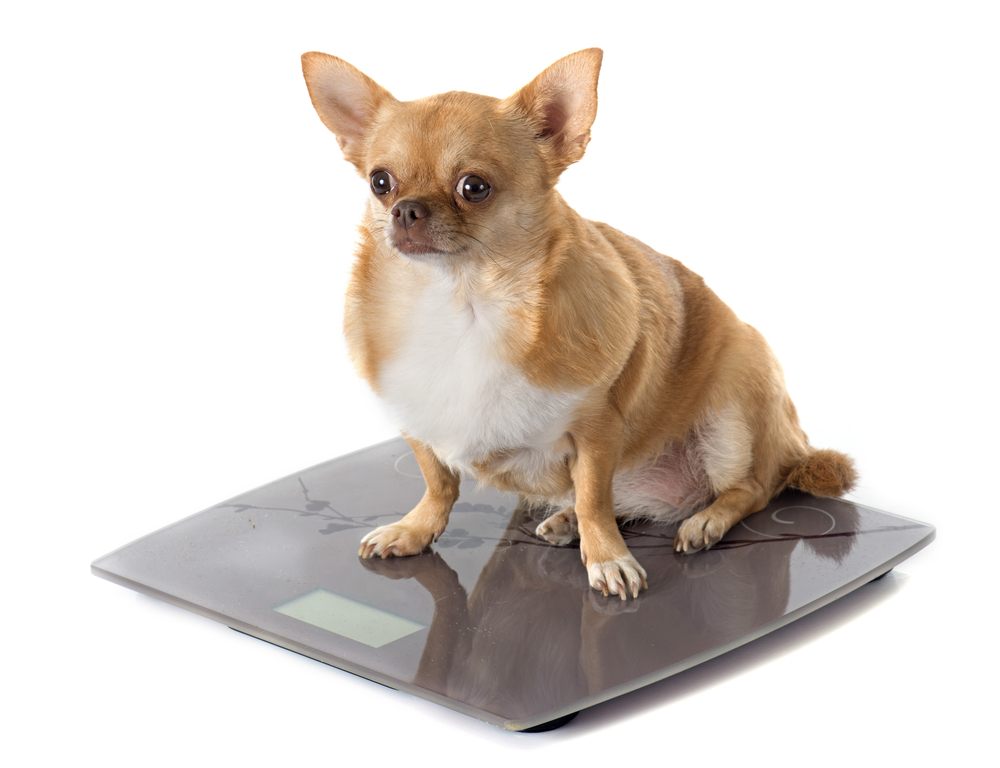
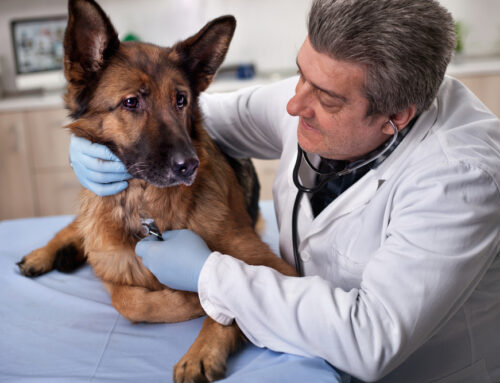
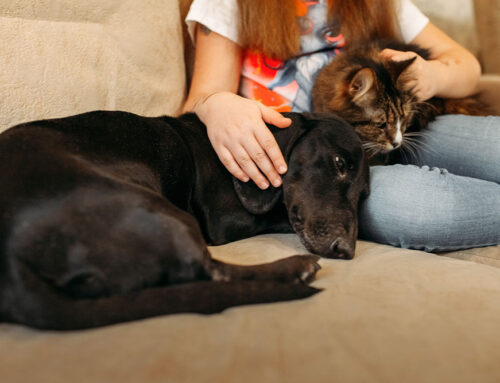
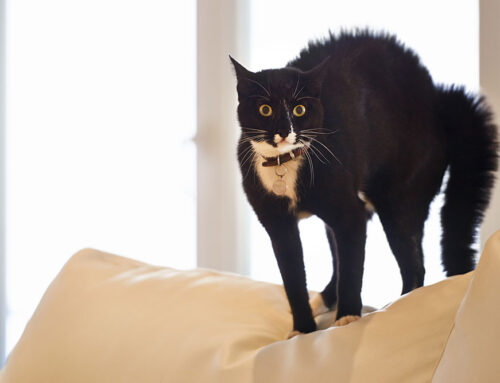
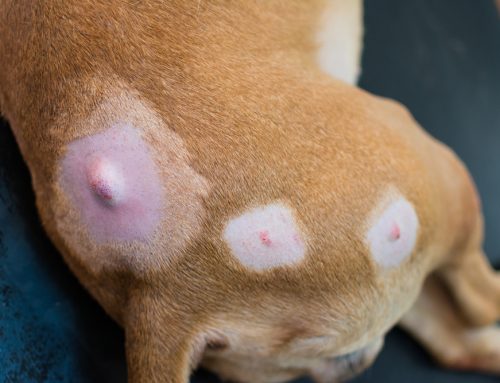

Leave A Comment